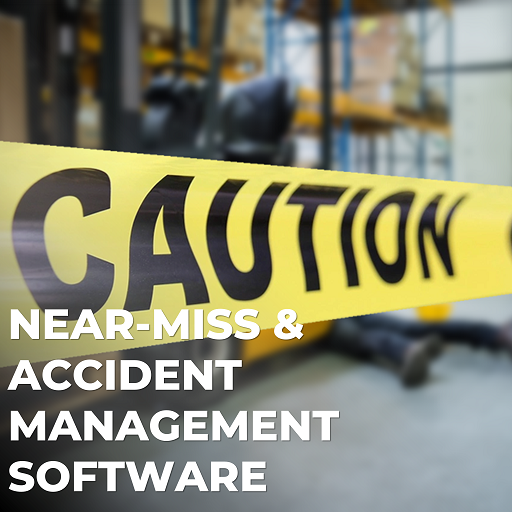Safety Observation Reporting Software: Empowering Employee Participation Introduction Employee involvement is the backbone of any strong safety culture. Yet, traditional reporting systems often discourage participation due to complexity and delays. That’s where safety observation reporting software makes a difference. It simplifies reporting, encourages proactive engagement, and ensures every employee becomes a part of the organization’s…
Safety Observation Reporting Software: A Tool for EHS Managers Introduction Managing workplace safety is a constant challenge for Environment, Health, and Safety (EHS) teams. Manual reporting often slows responses, hides trends, and limits engagement. That’s why many organizations now rely on safety observation reporting software. For EHS managers, it is more than just a digital…
Real-Time Accident Reporting Alerts and Reporting Made Easy Workplace incidents require immediate attention to prevent escalation and ensure compliance. Paper-based or delayed reporting often slows down response times. With real time accident reporting, organizations can capture incidents instantly, notify the right teams, and take corrective actions without delay. Why Real-Time Reporting Matters Every minute counts…
Top BBS Software Tools and Features: 2025 Guide Behaviour-Based Safety (BBS) programs are vital for creating proactive safety cultures. With digital platforms evolving rapidly, organizations now rely on the top BBS software tools to streamline safety reporting, encourage participation, and analyze trends. These tools are designed to reduce risks and improve compliance while empowering employees…
Prevent Workplace Accidents Before They Happen in 2025 Most workplace accidents are not unpredictable—they result from missed warning signs and outdated processes. The good news? With the right strategies and tools, you can prevent workplace accidents before they happen. 1. Use Behavior-Based Safety (BBS) Programs BBS focuses on identifying unsafe behaviors and coaching employees in…
When workplace incidents occur, timely and accurate reporting is critical. Delays can lead to non-compliance, fines, and reputational harm. That’s where automated incident reporting compliance comes in. By replacing manual logs and paperwork with smart, digital systems, organizations can speed up response times, enhance data accuracy, and stay OSHA-compliant with ease. Automating Incident Reporting for…
Reduce Workplace Injuries with Near Miss Reporting Tools One of the most effective ways to reduce workplace injuries reporting issues is by adopting near miss reporting tools. These tools help capture incidents that could have caused harm but didn’t—giving organizations the chance to learn and prevent future accidents. As safety standards rise, companies must focus…
Near Miss Reporting: The Key to OSHA Compliance Building a safer workplace begins with effective near miss reporting OSHA compliance strategies. Near misses are warning signs that something is wrong, and if left unaddressed, they could result in serious accidents. Therefore, reporting them is not only a smart move but also a crucial step towards…
Best Near Miss Reporting Software: Stay Compliant Managing workplace safety becomes much easier when you use the best near miss reporting software. After all, near miss incidents, if left unreported, can lead to major accidents. Therefore, having the right tool in place is crucial for capturing potential hazards early. By doing so, organizations can take…
Proactive Safety Management: Prevent Risks Before They Happen Workplace safety should always be a core priority, not an afterthought. Organizations that adopt a proactive approach to proactive safety management gain a significant advantage by preventing incidents before they happen rather than merely responding to accidents after the fact. By leveraging real-time monitoring, predictive analytics, and…
- 1
- 2










